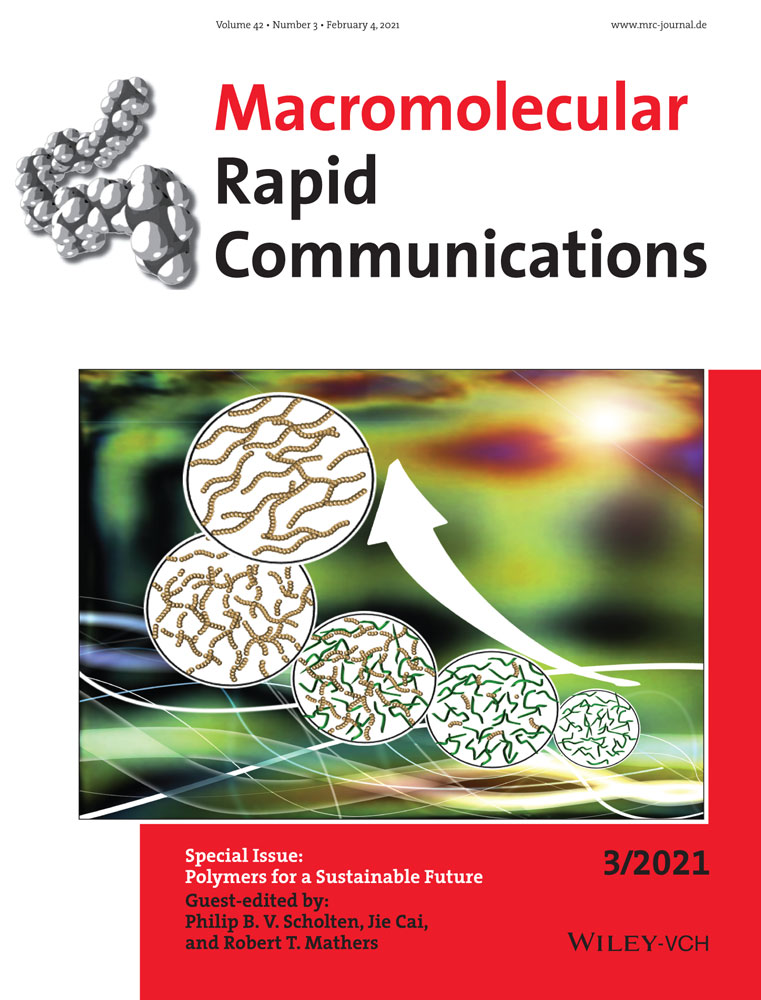Carbon Fiber Reinforced Epoxy Vitrimer: Robust Mechanical Performance and Facile Hydrothermal Decomposition in Pure Water
Abstract
Conventional carbon fiber reinforced thermosetting polymers (CFRPs) are neither recyclable nor repairable due to their crosslinked network. The rapid growing CFRP market raises a serious concern of the waste management. In this work, a viable method to develop a readily recyclable CFRP based on epoxy vitrimer is introduced. First, a self-catalytic epoxy prepolymer with built-in hydroxy and tertiary amine groups is designed, which upon reaction with an anhydride formed a catalyst-free epoxy vitrimer. The epoxy prepolymer is synthesized from a diamine and an excess of bisphenol A epoxy resin. The hydroxyls and tertiary amines of the epoxy prepolymer efficiently catalyze both curing and the dynamic transesterification of the crosslinked polymer without the need of a catalyst. Then, the epoxy vitrimer is used as the matrix resin to prepare CFRP. The resulting CFRP exhibited a tensile strength as high as 356 MPa. More interestingly, the matrix of the CFRP is efficiently degraded in pure water at above 160 °C. This is because the built-in tertiary amines catalyze the hydrolysis of the ester bonds of the crosslinked network. The simple method developed in this work provides a framework for the development of recyclable CFRP.
Conflict of Interest
The authors declare no conflict of interest.




